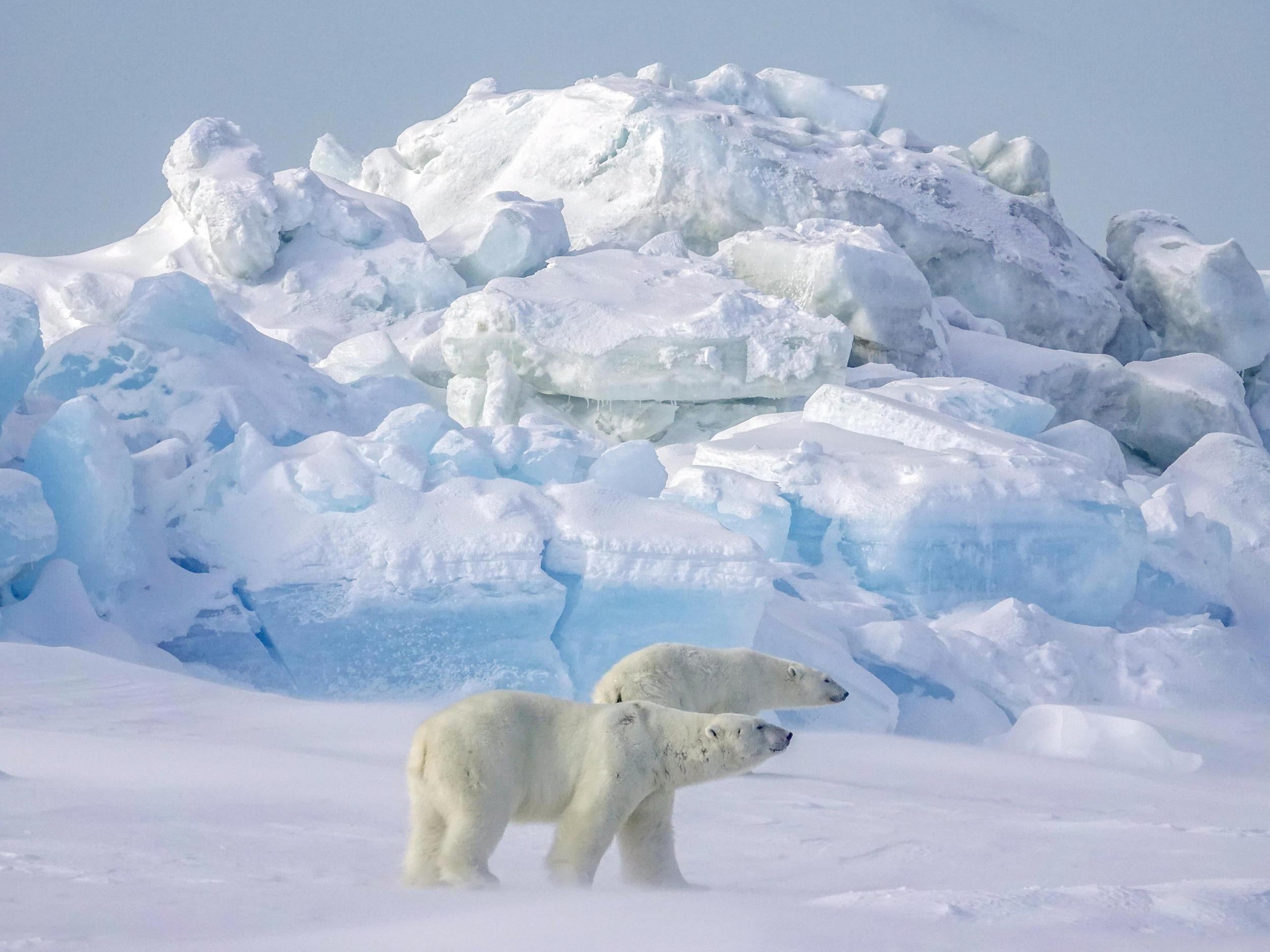Man 'shot polar bear and left its body outside his home for five months'
Christopher Gordon, 35, faces up to a year in prison if convicted of federal crime

A man has been charged with killing a polar bear and leaving the body to rot outside his home in Alaska for five months.
Christopher Gordon, 35, allegedly shot the animal dead when it ventured into his front yard to try and eat some butchered whale meat.
He then failed to report the polar bear carcass or attempt to “harvest” it for food between December 2018 and May this year.
Gordon also allowed the bear to be covered with snow, which resulted in one of its legs being ripped off by a passing snowplough.
Finally, on 22 May, he burned the carcass at the village dump in Kaktovik.
He is now facing up to one year in prison and a $100,000 (£80,000) fine if convicted of the federal crime of “knowingly taking a polar bear in a manner unlawful under the Marine Mammal Protection Act”.
Prosecutors say that the killing of the bear was not done in legal self defence and that he “left the harvestable remains to waste”.
“Gordon allegedly left butchered whale meat outside in front of his yard of his residence for a substantial period of time, which attracted polar bear, as well as other animals to his front yard,” said federal prosecutor Ryan Tansey.
“He then allegedly shot and killed the polar bear because it was trying to eat the improperly stored whale meat.”
Gordon has also been charged with the state offence of wasteful taking of a marine animal.
The investigation was carried out by the US Fish and Wildlife Service.
Gordon declined to comment about the case and is scheduled to appear in court in Fairbanks in August.
Kaktovik, with a population of just over 250, has experienced increasing encroachment by polar bears in recent years due to the disappearing Arctic sea ice.
As a result it has become a popular tourist destination, with more than 2,000 people visiting the village during 2017.
“These bears are getting used to people,” said council member Mike Gallagher. ”They’re domesticated.”
Additional reporting by Associated Press
Join our commenting forum
Join thought-provoking conversations, follow other Independent readers and see their replies
Comments